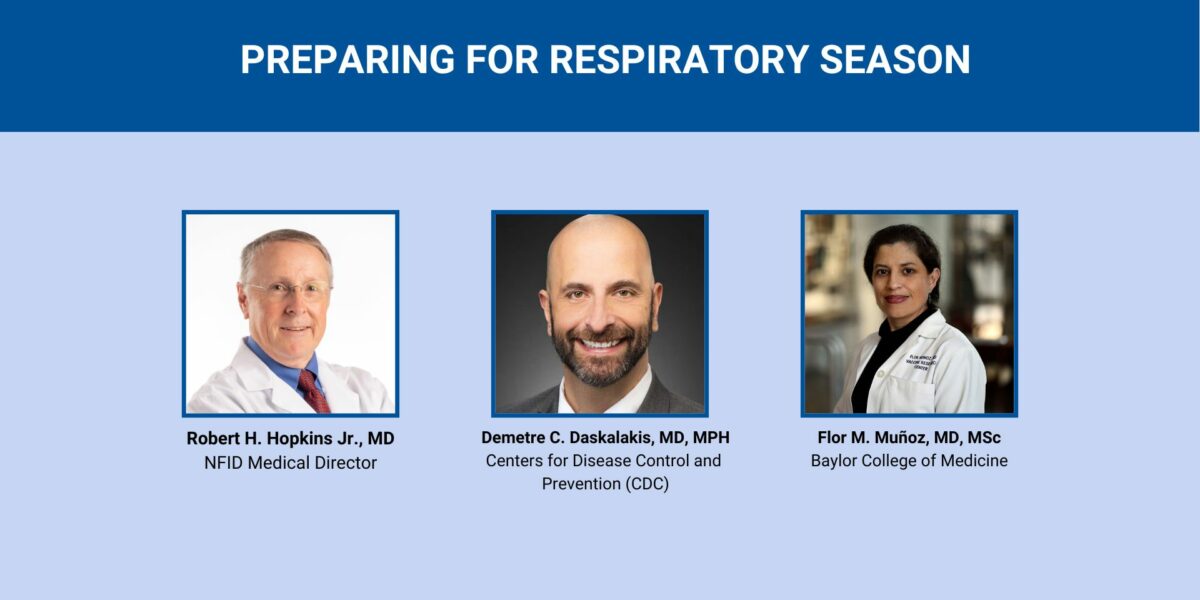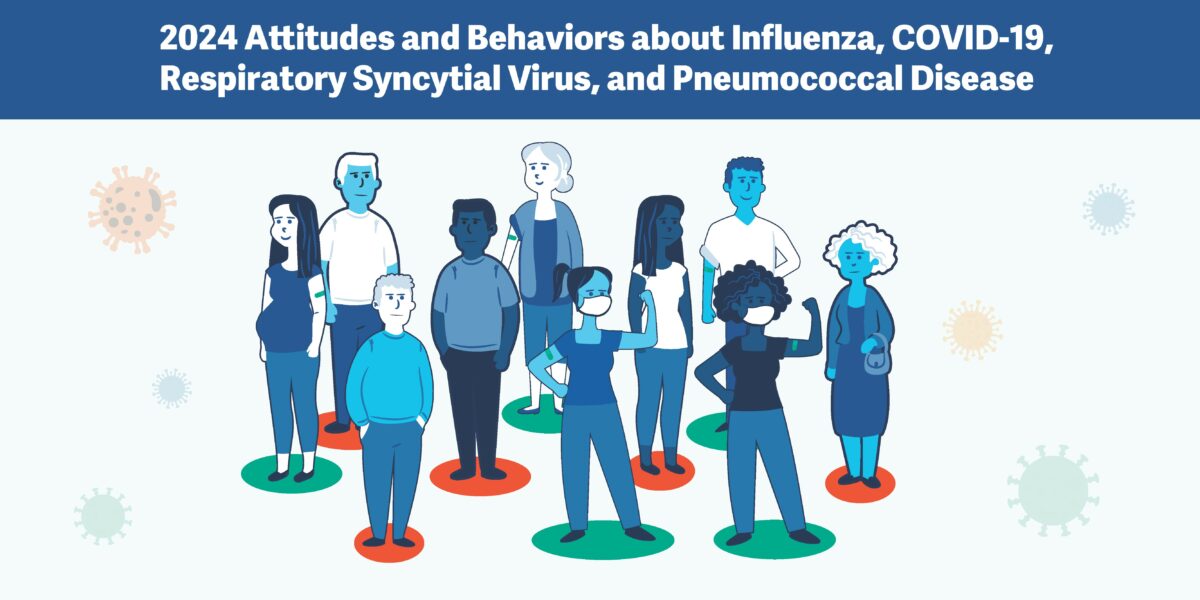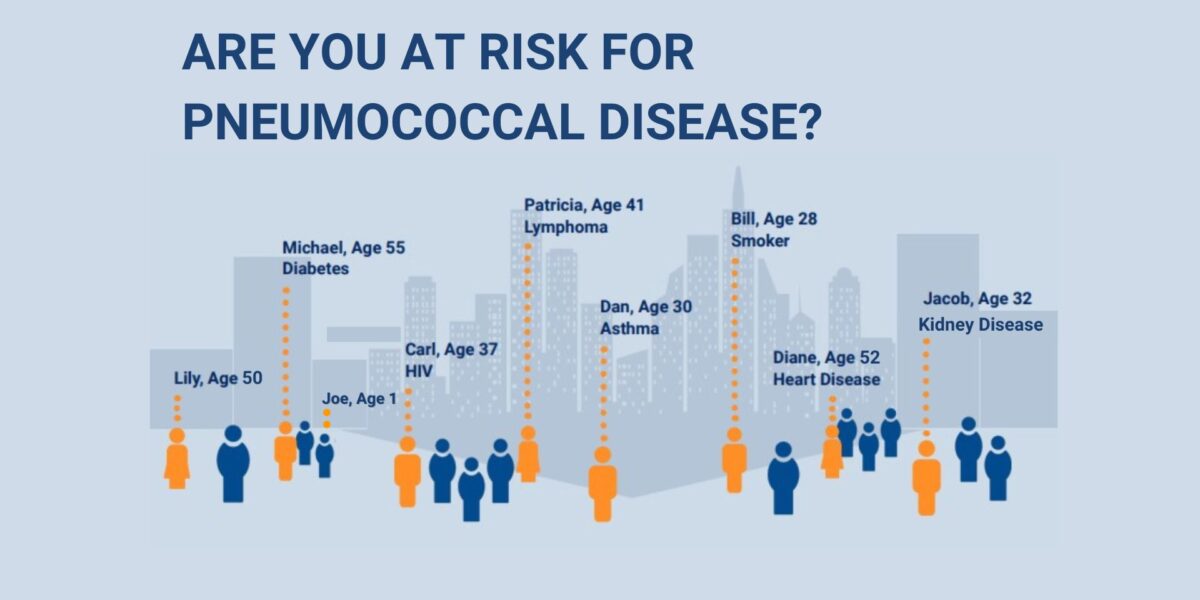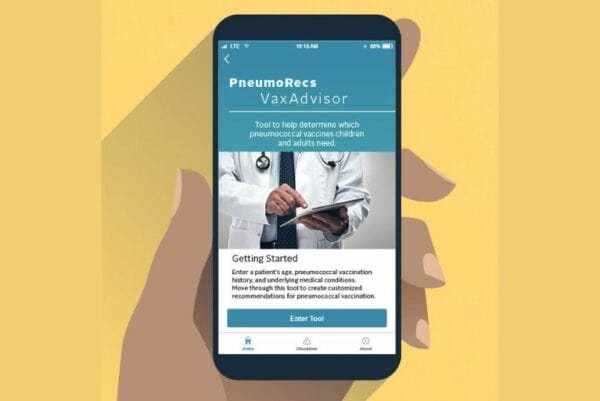
What Is Pneumococcal Disease?
Pneumococcal (noo-muh-KOK-uhl) disease is caused by bacteria (Streptococcus pneumoniae) that can infect different parts of the body. When these bacteria invade the lungs, they can cause pneumonia; when they invade the bloodstream, they can cause bacteremia (that can lead to sepsis); and when they invade the lining of the brain, they can cause meningitis. These serious conditions often require hospitalization and can lead to death.
These bacteria (pneumococci) can also cause milder common conditions like middle-ear infection (otitis media) and sinusitis.
Anyone can get pneumococcal disease, but some groups are at increased risk including:
- Young children
- Older adults
- Children and adults with certain chronic health conditions, including chronic heart disease, lung
disease, kidney or liver disease, diabetes, sickle cell disease, or illnesses that weaken the immune system, such as HIV and certain cancers, among others
Pneumococcal disease is spread from person to person through coughing, sneezing, and close contact. Some people, especially children, can carry the bacteria in their nose and throat without being sick and can spread the bacteria to others.
Burden
Pneumococcal pneumonia is a leading bacterial cause of hospitalized pneumonia in the US. Adults age 65 years and older and people with certain medical conditions or other risk factors are at increased risk of serious outcomes or death from pneumococcal pneumonia.
Fewer adults get pneumococcal meningitis or bloodstream infection (bacteremia), but the mortality rate for these infections is high. Pneumococcal meningitis kills about 1 in 6 older patients who are infected and bacteremia kill about 1 in 8 adults and both conditions can also result in lifelong disability including deafness, brain damage, and limb amputation.
Symptoms
People with serious pneumococcal infections may have a combination of high fever, chills, cough, shortness of breath, chest pain, stiff neck, disorientation, and sensitivity to light. The specific symptoms of pneumococcal infection depend on the part of the body affected (lungs, brain or spinal cord, or blood). Pneumococcal infections can affect multiple body areas and/or systems at the same time. Early diagnosis and treatment are very important for serious pneumococcal infections.
Prevention
Vaccination is the best way to protect against pneumococcal disease. Pneumococcal vaccination is recommended for:
- Children younger than age 5 years
- Adults age 50 years and older
- Individuals with certain chronic health conditions or other risk factors
In the US, there are 2 types of pneumococcal vaccines (conjugate and polysaccharide) currently available. There are several pneumococcal conjugate vaccines (PCV15, PCV20, and PCV21). There is 1 pneumococcal polysaccharide vaccine (PPSV23). Vaccine recommendations vary by age and risk group. Many at-risk adults have not been vaccinated against pneumococcal disease.
Talk with a healthcare professional about pneumococcal vaccination.
CDC PneumoRecs Mobile App
Pneumococcal Disease and Influenza
Having influenza (flu) increases the risk of getting pneumococcal disease so protection against pneumococcal disease is especially important during flu season. If both vaccines are due, they can be given during the same visit for both children and adults, but they should be given in 2 different injection sites (for example, different arms or at least 1 inch apart if in the same arm).
Pneumococcal Vaccine and COVID-19 Vaccine
COVID-19 vaccines may be administered on the same day as pneumococcal vaccines, but each vaccine should be injected in a different site (for example, different arms or at least 1 inch apart if in the same arm).
Treatment
Antibiotics are used to treat pneumococcal disease. However, pneumococcal bacteria can be resistant to treatment with 1 or more antibiotics commonly used for treatment. In serious infections, treatment may start with a broad-spectrum antibiotic, which works against a wide range of bacteria. After testing, once more is known about the specific bacteria the patient has, a more targeted antibiotic may be selected.
Updated October 2024
Source: Centers for Disease Control and Prevention
Key Audiences
Related Resources

Key Takeaways from 2024-2025 Respiratory Season
In this recorded webinar, NFID hosts a discussion on key takeaways from the 2024-2025 US respiratory season, with a focus on influenza (flu) and more …

Preparing for Respiratory Season
In this recorded webinar, speakers discuss the importance of vaccination to help protect against severe illness during the US respiratory season

2024 National Survey: Attitudes and Behaviors about Influenza, COVID-19, Respiratory Syncytial Virus, and Pneumococcal Disease
2024 national survey on flu, RSV, COVID-19, and pneumococcal disease
Related Posts

Harnessing the Power of Local Data
NFID dashboard aims to empower stakeholders with hyperlocal data to increase US adult respiratory vaccine uptake

New Collaboration Aims to Empower Black Communities to Help Protect against Preventable Respiratory Diseases
NFID partners with National Council of Negro Women Good Health WINs to raise awareness about COVID-19, flu, pneumococcal disease, and RSV

Adults Age 50 and Older Can Help Lower Risk for Pneumonia
NFID and the American Lung Association are working together to raise awareness about the importance of pneumococcal disease vaccination for those at risk




